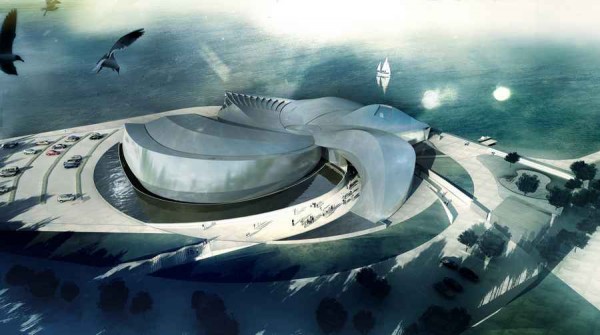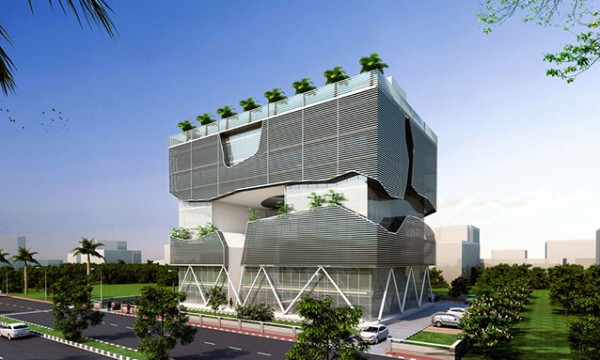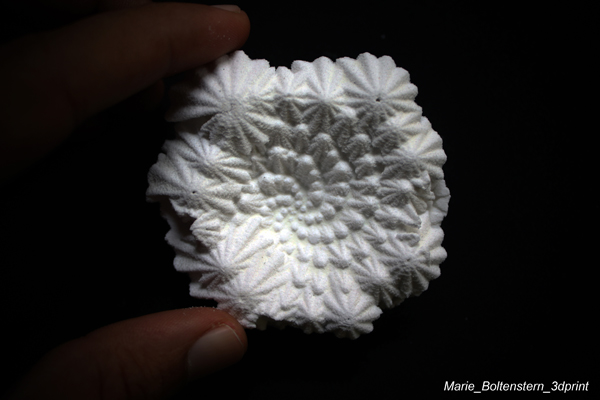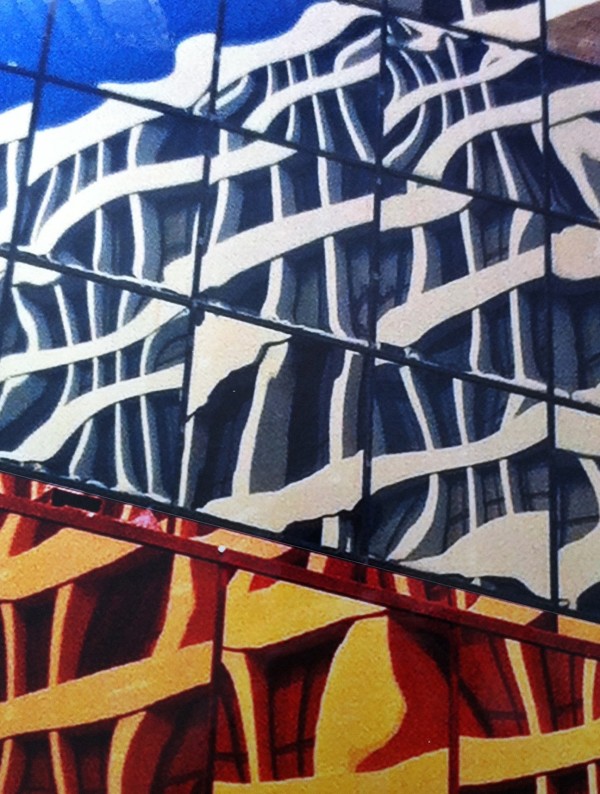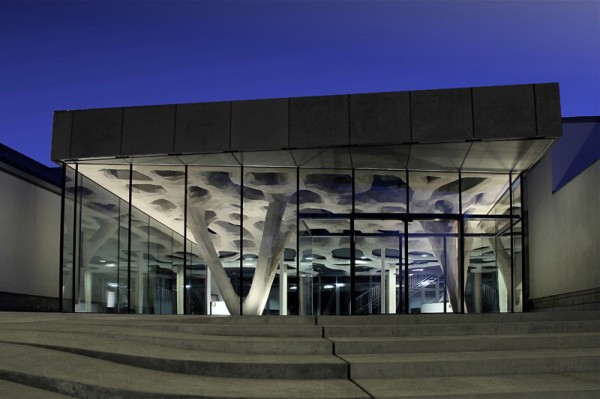Located in central China, Zhengzhou is experiencing rapid re-development. Part of a broad scale master plan labeled “The Rise of Central China”; Zhengzhou is implementing a two part initiative: ecological and infrastructural development. Ecological development prioritizes the surrounding natural resources; forest park, scenic areas, wetlands/reserves, rivers/lakes & urban green space. Infrastructural development addresses an emerging market identified as “Logistics Industry”. Zhengzhou is to serve as an integrated hub for the import/export of goods and mass transportation which connects the east and the west. The project site is located in the historic city center which is the primary shopping district just north of the main train station and just south of the People’s Park (a large public park). The Erqi Monument resides to the south west corner of the site and is the primary tourist attraction in Zhengzhou. The monument is a 27 floor double pagoda dedicated to a worker strike that occurred February 7, 1923. Read the rest of this entry »
Zhengzhou Mixed Use Development / Trahan Architects
Blue Planet Aquarium in Copenhagen / 3XN
The Blue Planet will be Northern Europe’s largest and most modern aquarium. Architecturally, the aquarium is shaped like a whirlpool, giving associations to eddies of fish, birds and sea currents. The building site is in Copenhagen, at the island of Amager, right at the coast of Øresund, north of Kastrup Havn, close to the Copenhagen Airport, and viewed from a plane the whirlpool shape will be shown in full. Approaching on the ground, one will experience the building as floating in a circular reflection pool, and a walk through its interior is a travel through several organic worlds. The solution also takes into account that the aquarium can later be expanded. The building’s gross area is 9,000 m2 plus outdoor facilities of 2,000 m2 plus parking. Read the rest of this entry »
Favela Cloud: New Spatial and Social Possibilities in Rio de Janeiro
Could emergent settlement tendencies as seen in slums of the third world become more than a problem; a new way of living and an example to learn from?
Favela Cloud is a conceptual proposal for a future development of favela Santa Marta, a vision for a new way of building inhabitable structures in the area. The design proposes an alternative way of developing the build environment, drawing on the social and organizational qualities of the favela itself. Based on the self-organization logic, the proposal exhibits an additive system that can grow and adapt to its site conditions, hovering above buildings and vegetation to utilize the existing paths and openings of the site.
Inspired by the cobogó brick, widely used in a Brazilian context, the cloud is designed to act as an urban cobogó shading the open spaces inside the cloud as well as the public plaza underneath. Read the rest of this entry »
Carbon Fiber Bench / Filippo Nassetti
Material research
Extreme lightness, resistance and shapeability are the main properties of the carbon fiber that pushed this research into its design possible uses. A_seat is a bench for multiple people that can be easily moved while offering great resistance to loads with minimal thicknesses and a great opportunity to experiment with geometry, due to its flexibility in adapting to different shapes.
Form research
The form system that drives the design process can be named as quad-folded geometry, meaning a complex system of multiple quadrangular elements informed by the basic rule of connecting and articulating throught folds. This process framework allows to manage a set of discrete functions (structure, support, seating) throught a single form system, pushing a research on continuity. Read the rest of this entry »
Lucknow Headquarters is a Sustainable Building with Passive Systems
The corporate headquarters designed by Annkit kummar of the Lucknow Industrial Development Authority (LIDA) is planned keeping in mind the principles of integrating nature in architecture. Such a unison would promote sustainable architecture principles in planning of industrial buildings in future, which otherwise are flavorless and solid in their appearance.
The proposed Headquarters of LIDA assimilates greenery into the building at higher levels providing terrace gardens and recreational space to the employees. The central courtyard together with the vertical voids aid in the wind flow through-out the building keeping the entire building mass cooler during the summers. Read the rest of this entry »
Buenos Aires Contemporary Museum of Art
In the current proposal for a Contemporary Museum of Art in Buenos Aries, the inception is based on synergetic plays of volumes and interlink-interlacing manifolds of tectonic forms and panels that create a dynamic fluxion of mass, surfaces and lines. The articulations involved relay on formal masses in an arrangement or in a cohesive group that perform more than the sum of its parts. The museum is multi-layered and composed of radiant volumes and pieces which converge in a poly-operational, structural, and sensuous array of tectonics. The effect of multi-generative forms grouped and working together as a performative whole is a diverse set of fluid and crystallized components strategically placed for an outcome of a dynamic structure, which valiancy plays a role in the visual and experiential impact of the viewer. Read the rest of this entry »
Surface Fabrication Workshop / AA
Is “complexity” anything more than a term to denote the extent of human stupidity, or rather, the limits of our perception?
When the rules governing a scenario cannot be read with ease, the scenario is described as being “complex” – it is difficult to understand; it appears to require some sort of deeper understanding. BUT, as we have seen, the rules are not necessarily any more complicated than the most trivial of scenarios.
So if the rules are still trivially simple (think, for example, of the mathematical operations we use to achieve these forms: +, – , /, *), what is it that is more “complex”? The outcome (of our scripts), of course, contain more surfaces, more lines, more etc etc., but is it really more complex – or are we just too stupid? Read the rest of this entry »
Pop Arch – iPhotography / Carlo Caccavale
Pop Arch is a pop art take on both contemporary and classical architecture. Using a collage medium, the collection mixes “traditional” and reworked iPhotography by splicing photos into sections, manipulating various elements of each image and then rebuilding the photo on metal supports. As Carlo Caccavale explains, “My interest still focuses on witnessing design reality with my iPhone. However, I wanted to give this collection a more playful take and create collage work of arts – inspired by 60’s pop art – and experiment with various subject matters, from the Bernini statues in the Fountain of the Four Rivers and the Pantheon in Rome to Frank Gehry’s latest New York high rise and the terrific modernist buildings in LA.” Read the rest of this entry »
Amstel Loop Iconic Pedestrian Bridge
The aim of the international competition was to design an iconic pedestrian bridge in the heart of Amsterdam The architecture of this new structure would reflect contemporary design tendencies. The winning proposals not only attend to the specific function, but also take into consideration the urban insertion and impact geared towards creating a new architectural symbol for an European capital city.
The bridge designed by Evgeni Leonov Architects is a structure built to span physical obstacles such as a body of water, for the purpose of providing passage over the obstacle. It is designed for pedestrians and cyclists, rather than vehicular traffic. Footbridges complement the landscape and can be used decoratively to visually link two distinct areas or to signal a transaction. Footbridges can be both functional and beautiful works of art and sculpture in there own right as seen in some of the most visited countries around world. Read the rest of this entry »
Viscous Affiliation – New Foyer and Adaption of the Building Academy / soma
Soma’s design creates a new foyer and entrance topography to the Building Academy in Salzburg, and adapts an existing factory hall into a cultural venue. After the conversion, the foyer will serve multiple purposes – as a lobby for the school and as a public space for various cultural events in the adjacent halls, such as presentations, movie screenings, concerts or rehearsals.
The new roof structure creates a consistent and smooth transition between the exterior and the interior of the building. It connects the different functional areas in one fluid space and creates an open and evocative atmosphere. Structural performance, lighting and functional zoning, as well as the creation of an intuitively understandable guidance system correlate in one continuous structure. The widening of the roof geometry from a framed into a freely spreading geometry can be read as a contingent affiliation of the existing spatial characteristics. Read the rest of this entry »


